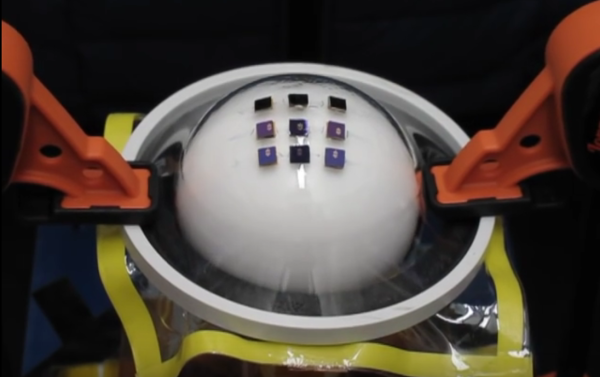Many of the projects we link to here at Hackaday have extensive write-ups, pages of all the detail you could need. Sometimes though we happen upon a project with only a terse description to go on, but whose tech makes it one worth stopping for and unpicking the web of information around it.
Such a project is [F4GKR] and [F5OEO]’s RadiantBee, an attempt to use a beacon transmitter on a multirotor as an antenna calibration platform. (For more pictures, see this Twitter feed.) In this case a multirotor has a GPS and a 10 GHz beacon that emits 250 ms chirps, from which the receiver can calculate signal-to-noise ratio as well as mapping the spatial response of the antenna.
The transmitter uses a Raspberry Pi feeding a HackRF SDR and a 10 GHz upconverter, while the receiver uses an RTL-SDR fed by a 10 GHz to 144 MHz downconverter. The antennas they are testing are straightforward waveguide horns, but the same principles could be applied to almost any antenna.
There was a time when antenna design at the radio amateur level necessitated extensive field testing, physical measurements with a field strength meter over a wide area, correlation of figures and calculation of performance. But with computer simulation the field has become one much more set in the lab, so it’s rather refreshing to see someone producing a real-world simulation rig. If you ever get the chance to evaluate an antenna through real-world measurement, grasp it with both hands. You’ll learn a lot.
We’ve covered very few real-world antenna tests, but there is mention in this write-up of a radar antenna test of a measurement session on a football field.
Via Southgate ARC.






















